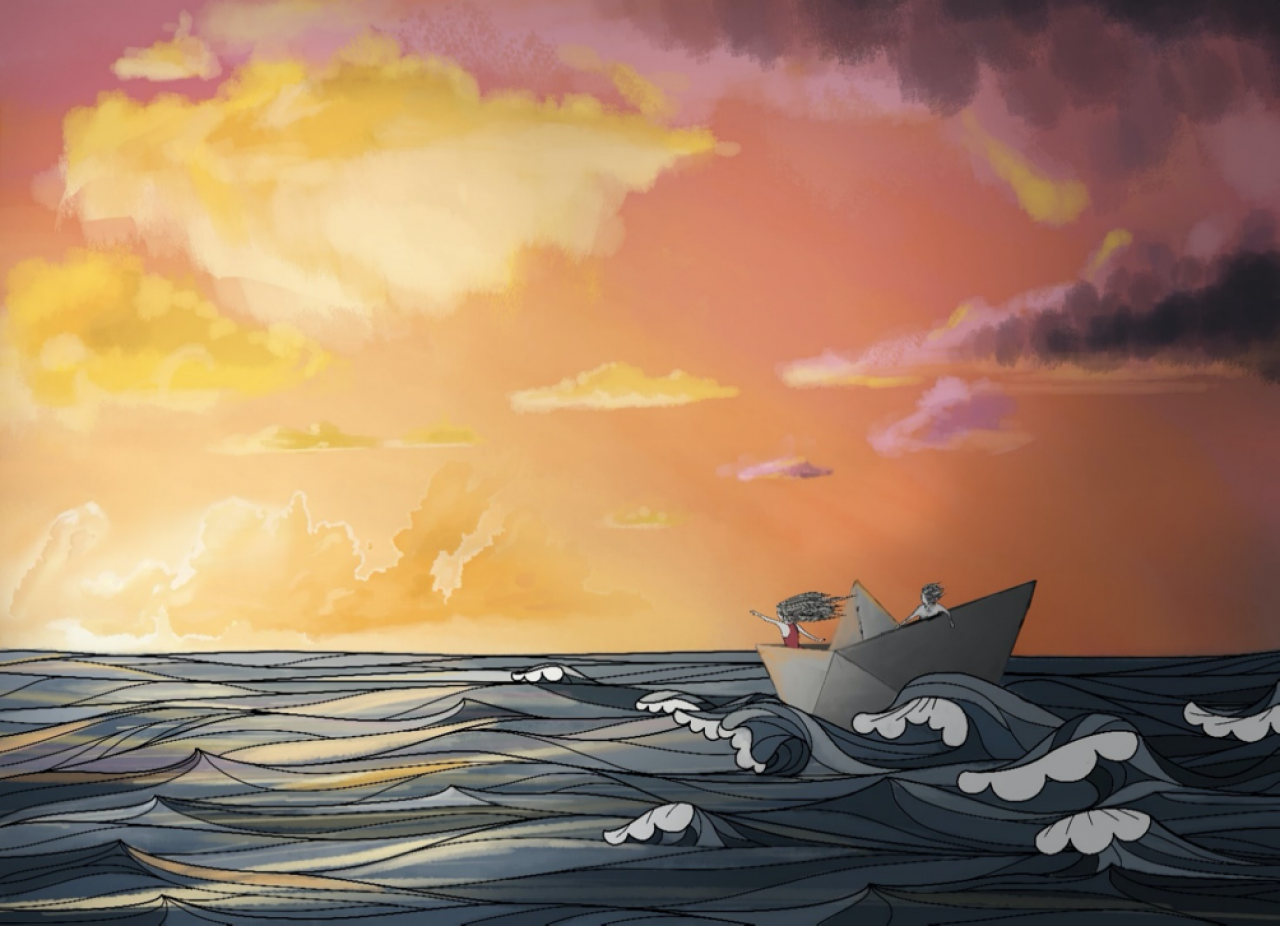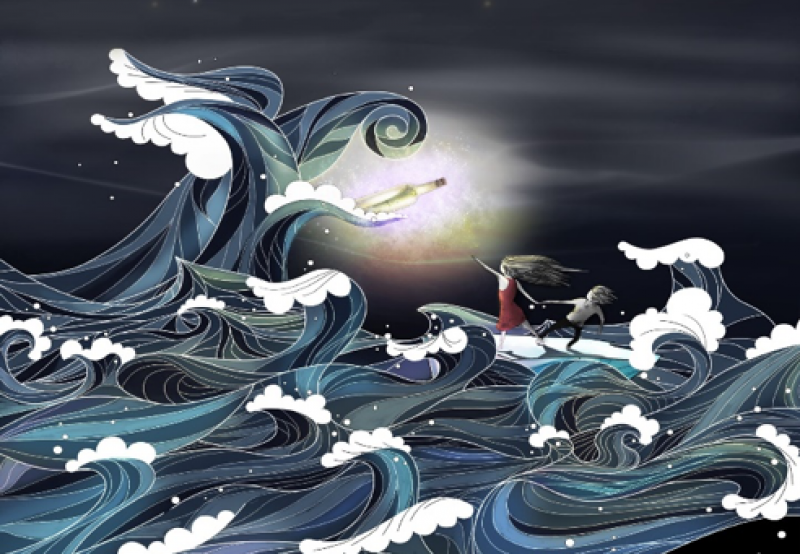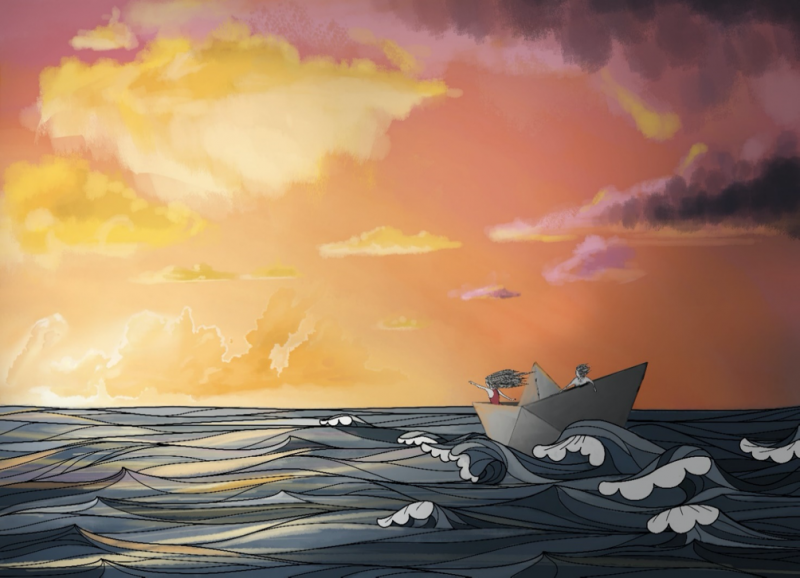
In Aarhus, over the past few years, URBACT OnStage has made it possible to create an innovative methodology that uses music to teach children how to support and include each other and through storytelling and gamification. Learn more in the city's latest post for the project website.
The Aarhus Music School has a long tradition for inclusive music approaches, but we were immediately inspired by the team-based playful approach by our URBACT OnStage best practice partner, L’Hospitalet’s EMMCA. We therefore decided to explore how we could develop a team-based playful interaction, focusing on giving the children a positive and inclusive first encounter with music when they start at school. In essence, a demo-action on how to make children interact in the music activity on their own premises.
We therefore did some research on the products and activities that the school starters already knew and interact with. That made us build a demo action based on storytelling and gamification — with tasks and rewards. The story and the activities were to represent the values of the project: to give all children a place and a voice within our communities and to reach out and help if someone is in risk of not being included. We therefore created a storyline about how to help each other, when someone feels lost and troubled — a storyline that became the foundation for creating a 5-week music course that is to take place in all schools with the school starters as primary receivers. We named the story ‘Message to the future’ — and we decided to name the course ‘Learning to live’.
The course starts with the children visiting the music school. Here they get to know the whole story played out in an interactive performance with staging, costumes and lights.
The course starts with inviting the children to the music school where they participate in a staged version of the whole story through a 3-hour session. The first step is to understand our task: helping two children that have been suffering loneliness and abandonment. The next step is to see how they receive our help, and as a last step we support the two children on their travel towards being part of life and our community again.
One week after, we visit the children in the classroom. We do so once a week for 4 weeks. Here we chronologically dive into the different parts of the story to further explore the themes and the related music and songs.

Our goal with this new approach is to make music relevant and accessible for all children.
We wish to contribute to all the children´s experience of a safe start at school, where they feel able to express themselves in the new community, and capable of reaching out and helping each other.
We therefore offer all children access to a own voice and body, and the possibility to express themselves through music and songs. Our hope is that this safe and joyful experience with music, singing and dance will open the door for them to our after-school music activities. This short music course for all school starters is therefore also an invitation to join in music activities at their local school in their spare time – music activities that require no registration or payment.
The short music course should also serve as a community support, as the schools are offered a common story about how to help and support each other, and a common treasure box of intercultural songs and easily accessible music activities.
The main focus in the course has been on accessibility and creating coherence in the music activities. This has turned into some principals, that we think are key to an inclusive, playful approach, that has relevance for all children. An example on a key principle is that we visualize all steps, so all children can see and hereby follow the plan for the activity. In the course ‘Learning to live’, this means that we chronologically follow the storyline ‘Message to the future’, and that each song is connected to a place or a character in the story.
Each place and all characters have their own identity, created with specific color-coding, distinct geometric shape, texture, smell and feeling, as key element for inclusion and to communicate to all senses. All instruments are therefore also chosen to give a sensory tactile experience, as well as a relevant sound.
Rather than focusing on performance, the core of the workshop is expressing creativity. We express the story and what we think the characters in the story feel. Another key principle is that all activities take place with the children forming a circle. This creates a space where the key storytelling object can be placed in the middle. All children can see each other and therefore interact with each other as a group.
To help teachers and children to keep exploring the story, sing the songs and remember the dance steps, we are making everything available on the website: Flaskeposttilfremtiden.dk.
The biggest challenge for the development has been the pandemic of Covid-19.
For an activity whose goal is to connect through music it has been a very harsh and challenging time. We were forced to adept in many ways, shifting towards a digital and virtual online reality. This has though given a foundation for working more as a team. We have shared ideas through the production of the digital learning materials connected to story. The production of videos has though given us access to each other’s approaches and we have developed a positive environment for giving feedback.
‘Message to the future’ is based on a story about helping two children back to their community after they have been isolated – a very actual theme regarding Covid-19. We can see a new potential in the story, as it could help to process the feelings of fear and loneliness that many children have experienced during the lockdown.
We are therefore full of hope for this concept as a relevant new approach to make music and singing apart of all children´s way to express themself on the things that matters in alle it´s nuances. That being both worries, difficulties and the things that offers joy and hope.

_________
Text by Gunnild Bak de Ridder, Aarhus | 04.06.2021. For further information, please contact her at gbs@aarhus.dk.
Follow our activity on Twitter.
